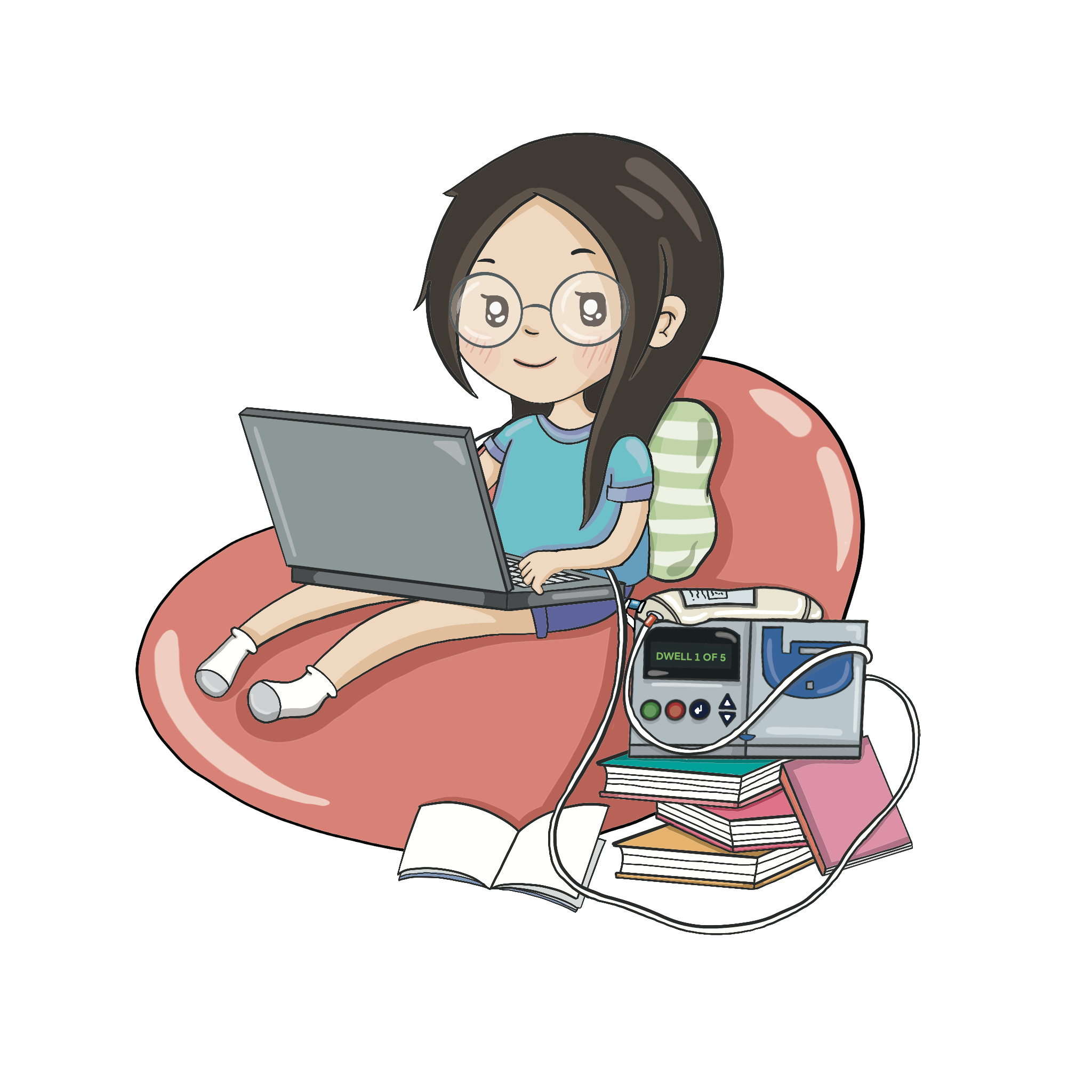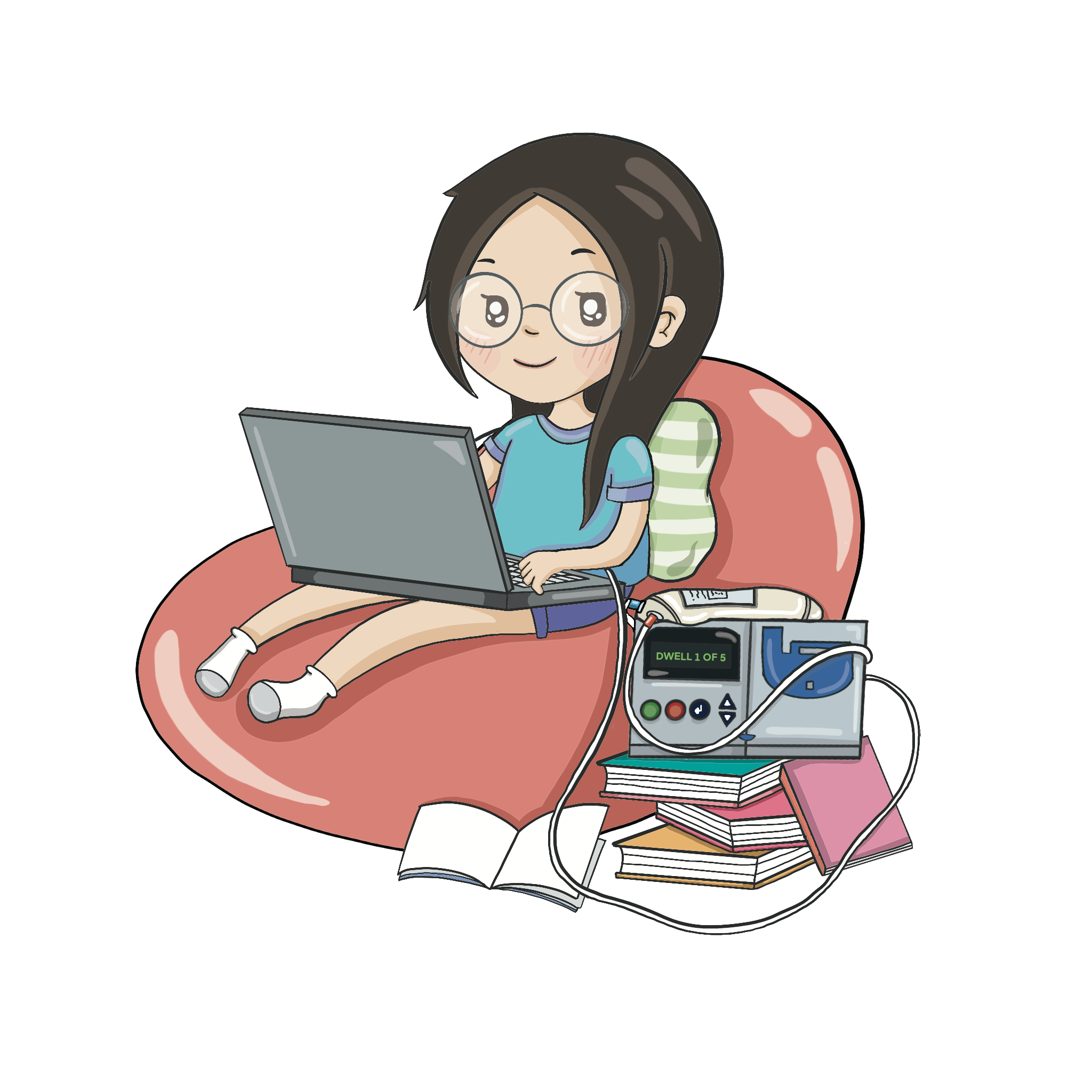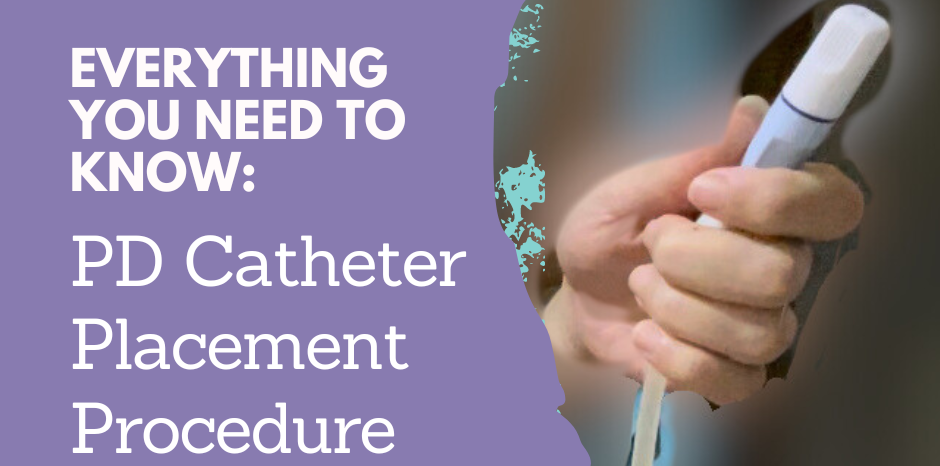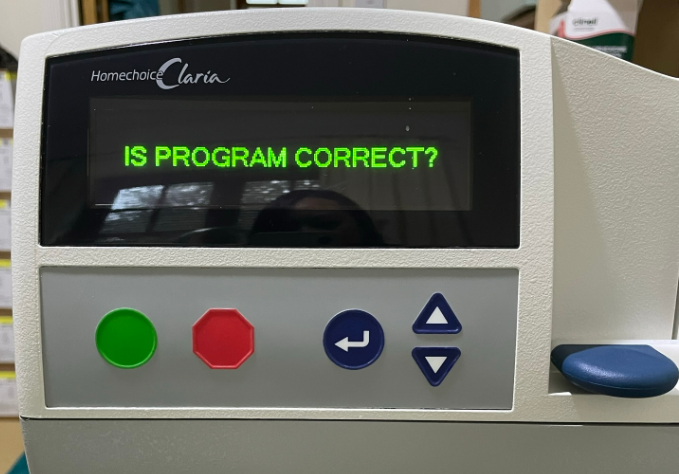Why You Should Keep a Daily Record of Your Weight and Blood Pressure on Home Peritoneal Dialysis
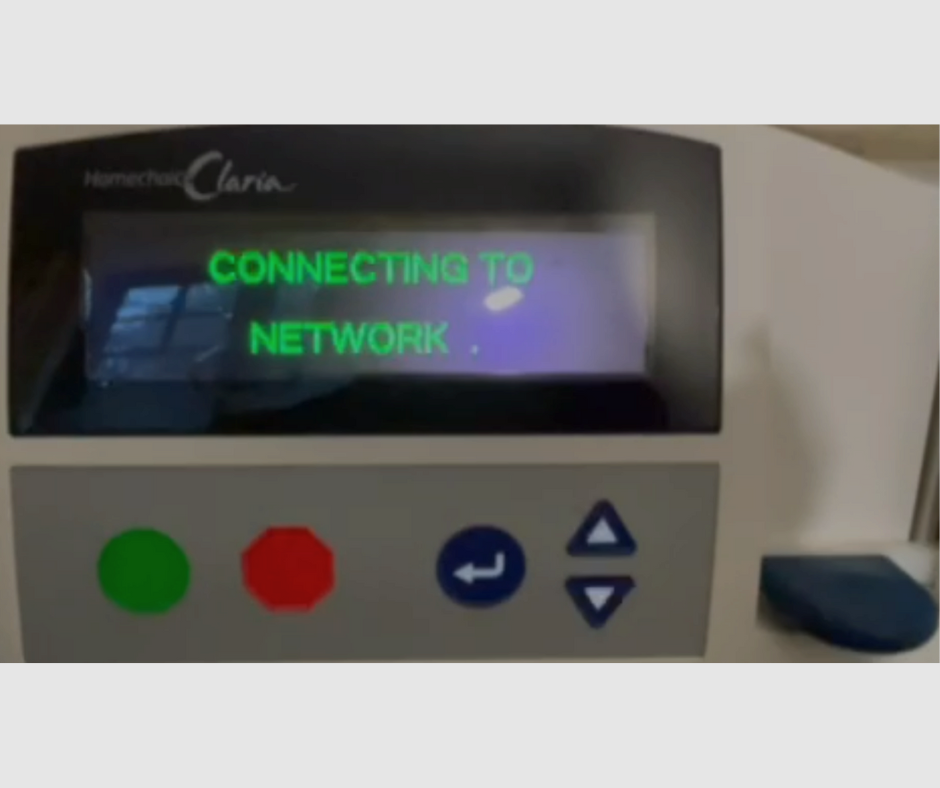
As part of the Home Peritoneal Dialysis (namely Automated Peritoneal Dialysis) set up for the machine a.k.a cycler, before you can even begin the process of adding the first component (the pronged cassette), you are prompted to update your weight and blood pressure.
While it may be tempting to skip this step, it is actually really important that you do not. It is important to remember that this daily record on your machine is communicated back to your medical team who perform a quick review in the morning. Should your blood pressure or weight spike/drop unusually above a certain threshold, the software they have will highlight your name and you can be expecting a call.
Equally, when you next visit your nephrologist, should you have any arising complications from your blood, urine, PET and adequacy results, the nephrologist will be able to track your general health from the system record of your Blood Pressure and Weight.
Why is a Daily Weight Record Important for Home Peritoneal Dialysis Patients?
A daily weight record is really important because this will be your key indicator of how much fluid you are carrying. This particularly useful in conjunction with the output data at the end of the dialysis session, namely your Ultra-filtration (UF) figures.

If your recorded weight is steadily increasing over the space of a week to a month, it is likely you are not draining and clearing all the fluid you are consuming in the day. Overtime, this can accumulate and lead to fluid overload. The excess fluid can settle in various areas of the body, commonly in the legs and ankles especially if you are walking or sitting upright for a significant portion of the day. This can lead to swollen ankles, a key marker looked for by kidney patients.
However, more uncommon places the water can accumulate are your back and face and that can be a little harder to detect. When the fluid is more evenly spread around the body, it can easily be mistaken for gaining flesh weight by patients and is often dismissed.
A much more reliable method of discerning if you are carrying extra fluid weight is noting any significant weight fluctuations day to day or the steady increase in weight gain over a short period.

I have personally and almost unknowingly experienced fluid overload whilst on dialysis. Prior to this event, I stopped recording my weight on a daily basis. This was mainly because it becoming a trigger, especially as I saw the numbers steadily rise over the weeks! However, in hindsight, I'm not sure how I could've possibly be gaining weight on the renal diet.
🙃 The signs were there but I didn't know what it meant. Luckily, I had a nephrology appointment not long thereafter.
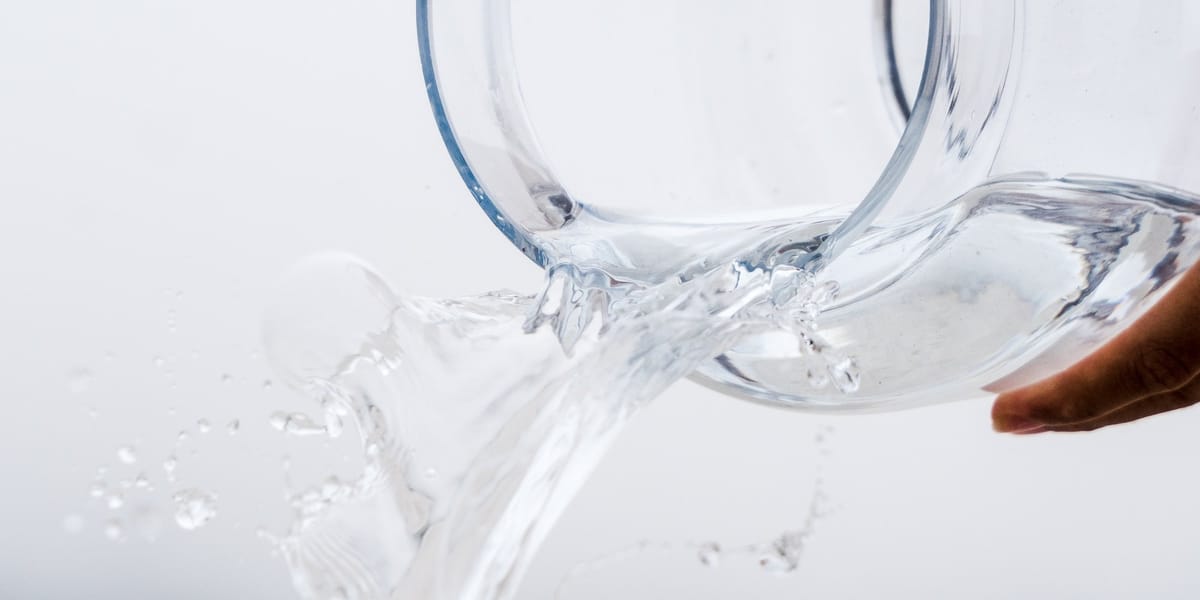
Why is a Daily Blood Pressure Record Important for Home Peritoneal Dialysis Patients?
Why is Blood Pressure Important Even After My Kidneys have Failed?
Remember all your other organs particularly your HEART, high blood pressure has a damaging impact on that organ in particular and is likely not great for the remaining organs either. I've always thought best to avoid having my name on the transplant list for more than one organ if I can help it and I'd advise you too! 😉
Immediate risks are heart attack, stroke and heart failure.
Long term risks are similar to how your kidneys may have slowly declined over time. The same persistent damage over a long term will wear out your heart.
Having good control over your blood pressure will be one of the key things your nephrologist will aim to do even whilst you are on dialysis. Primarily because they wish to preserve the remaining health of the rest of the body whilst you wait for your transplant and thereafter!
Having well controlled blood pressure will be a pre-requisite for being active on the transplant list and potentially undergoing transplant surgery. I hypothesise you will need to have a steady blood pressure for the safety of you sustaining the surgery. Also if your new kidney receives the same levels of high blood pressure post transplant, you'll be starting that same cycle on chronic kidney disease stage 3 and 4.
High blood pressure > Damage Kidneys > Damaged Kidneys Cannot Regulate Blood Pressure > Higher Blood Pressure > More Damage to Kidneys
It's also a good indicator if there are other issues with your health. If you have fluid overload, this will push up your blood pressure too. If you are on too high a dosage of Epo, this will also medically cause your blood pressure to rise as a result.
Do I Need a Dialysis Journal?
Yes, the machine doesn't always manage to send all the numbers! It is always good to have a back up and you can see for yourself if your numbers are trending one way or another!
Arming yourself with this knowledge will allow you to become more independent in your dialysis and be more informed when you next visit your nephrologist.
It can allow you to take action early, if you spot something amiss then YOU can make steps to alleviate the issue yourself or seek advice from your medical team in a direct and pointed manner as to what the problem is.
It's about giving back your agency in your life.
This is actually meant to be one of the big benefits of Home Dialysis!
Tip: Always Record Your Blood Pressure and Weight as your First Step of Your Machine Set Up.
The days where I felt truly tested on whether to complete the Weight and Blood Pressure step are when I had already washed my hands for 2 minutes and already started cleaning the surfaces and opening up the bags from their casings to only be greeted with "Weight", "Blood Pressure".
Argh, the frustration!
It means you have to break your sterile hands to walk over to the scales and weigh yourself, however my scales were a bit rubbish and I always had to press a button to tare it back to nil for an accurate reading. 🦠 germs.
Then you have to go over to the blood pressure machine and put the sleeve cuff on and press the go button. 🦠 Germs.
Then you're touching your dialysis machine, which was sterile and clean from the red wipes! 🦠 Germs.
And don't forget to write all these numbers down in your dialysis journal. 🦠 Germs.
And if you know the setting up procedure as I do.
You know that you will soon be greeted by the "Press Go To Start" and "Load The Set".
Ahem. You must wash your hands for 2 minutes again!
🫧 Then wipe down the face of the machine and anywhere else you touched it.
Only then can you add your cassette to start the "Self Testing" process.
Ahem. You can't just sit there and wait for the process to finish.
You what you need to do!
You must wash your hands again for another 2 minutes!
Which means you literally had to wash your hands an extra time to JUST PUT IN THE CASSETTE. 😫
Whenever this happens, it actually infuriates me.
I can feel the annoyance as I type. 💢💢💢
So yes, my tip is to start the setting up process with recording your blood pressure and weight.
Hope this post has encouraged you to keep up with the good and necessary habit of measuring and recording your weight and blood pressure whilst on home peritoneal dialysis.
I've probably given you a bit of a reminder of how regimental and pedantic you have to be when setting up your machine too 😂.
Wishing you well on your kidney journey
Lai
Consider following me on
💜Instagram: @My_Kidney_and_Lai
🧡YouTube: My Kidney and Lai
